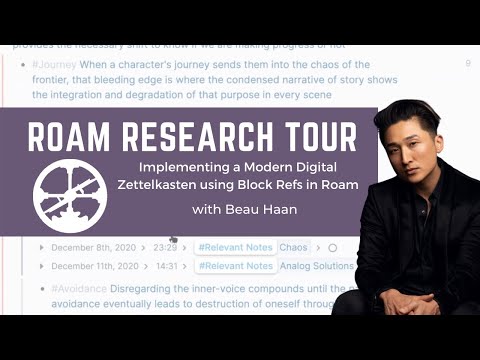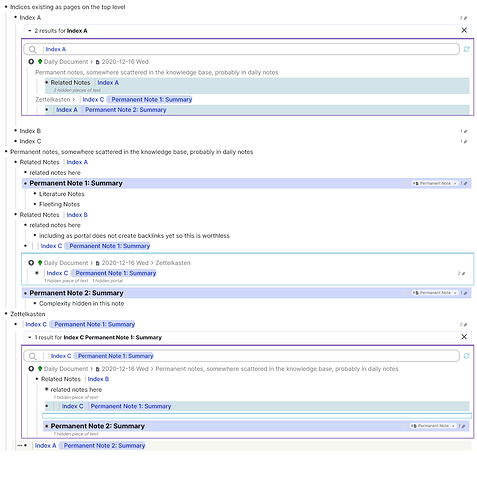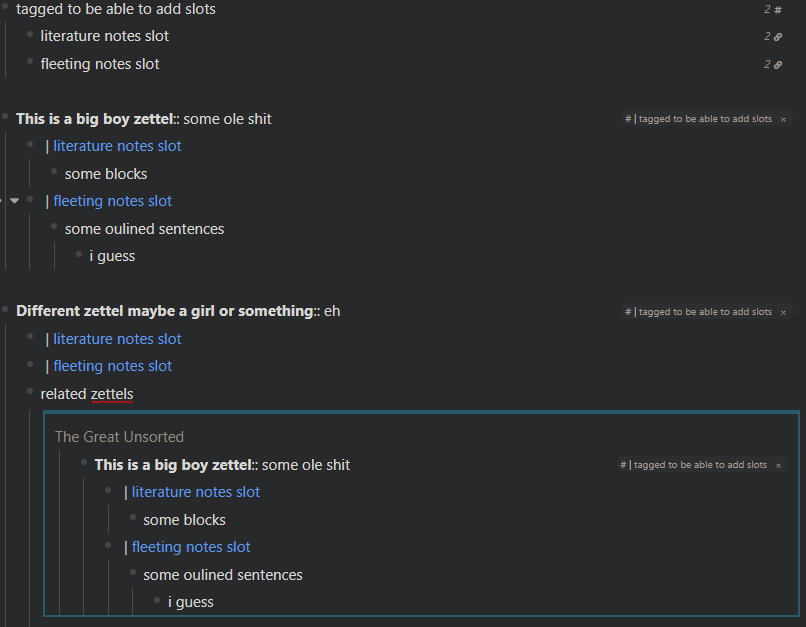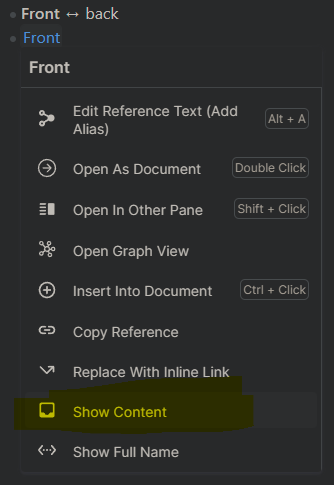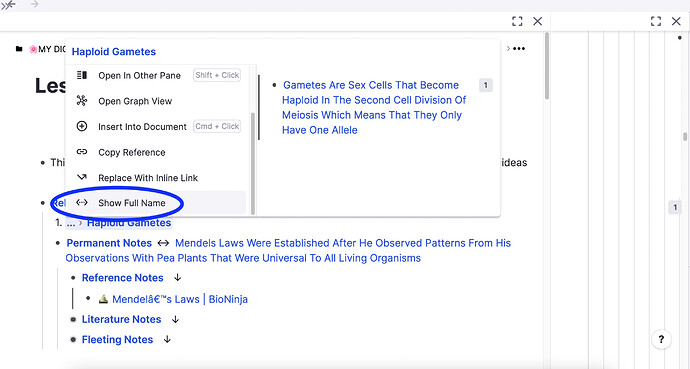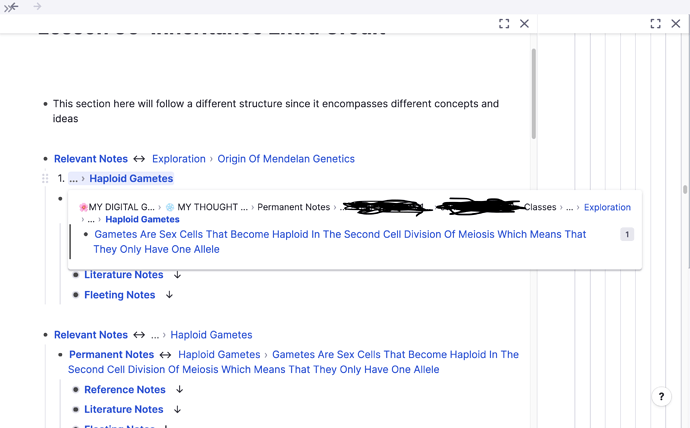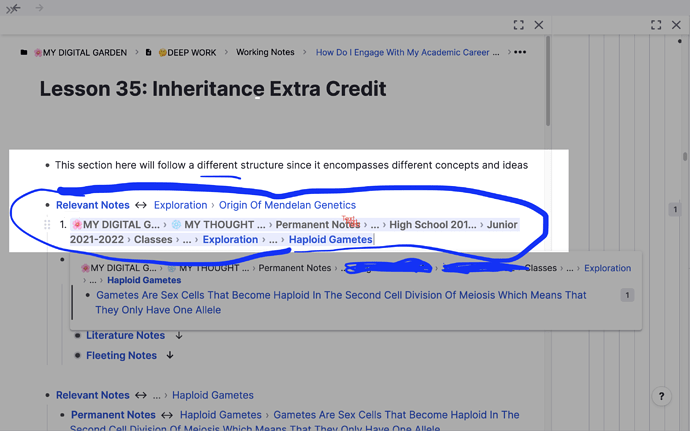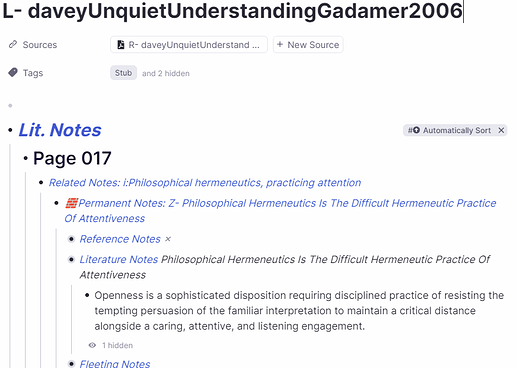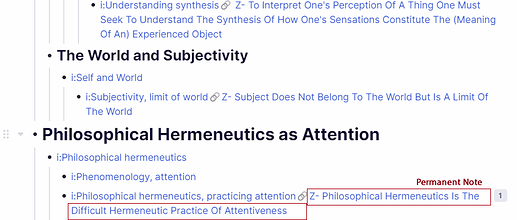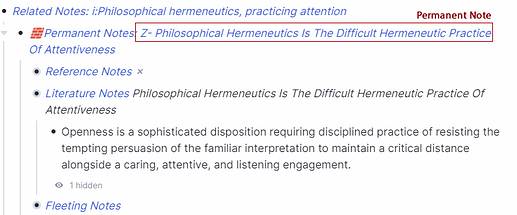Again, Roam has queries, RemNote does not. Whatever multiple keywords you assign to a permanent note, as long as you are also searching for the permanent note tag, it will show you all the permanents. I presume this is what led you to attempt to manually store all of them in the same page, but that’s a road to nowhere: you will need to create keynotes per topic at some point and if you use regular flashcards, you’ll also want regular headers for them. Alas, creating a keyword index is not viable at the moment due to the above mentioned query limitations.
The only way to include rem children as you want is to use a portal (which will also lead back directly to the permanents notes page, should you choose to continue down that route) and unfold it. The example I gave was using flashcard functionality (concept) to create a front that serves as a title for the note, while its expanded contents are the flashcard back. Titling notes is Matuschak’s Evergreen notes feature rather than Zettelkasten, but I found it integrates easily enough (though you can use aliases for references instead, of course). See the awesome list for links to comparison between Evergreens and Zettelkasten.
If you leave the permanent note in the daily page and only ever portal or reference it elsewhere, yes. However, if you portal, you can’t indent under it and if you reference, you can’t see its children. Do keep in mind that every rem, regardless of where it was made, has its creation date in its /metadata, so you can just move them out of daily documents. Personally, I use a single inbox rem that has no date or a header for the closest topic or a potential parent/child to draft new permanents (using fleeting notes and literature notes from a source in a separate pane), then move and portal them as needed.
More broadly, don’t be tempted into thinking that you can use only connections between individual permanents to organise everything (possibly this is what goes on in the video?..). You will need keynotes with references and/or outliner with portals, so might as well get in the habit of looking for macro similarities between permanents. Hopefully, queries will come soon enough to allow for using tags more meaningfully, but for now get comfortable creating headers and portalling a note under multiple relevant topics.

